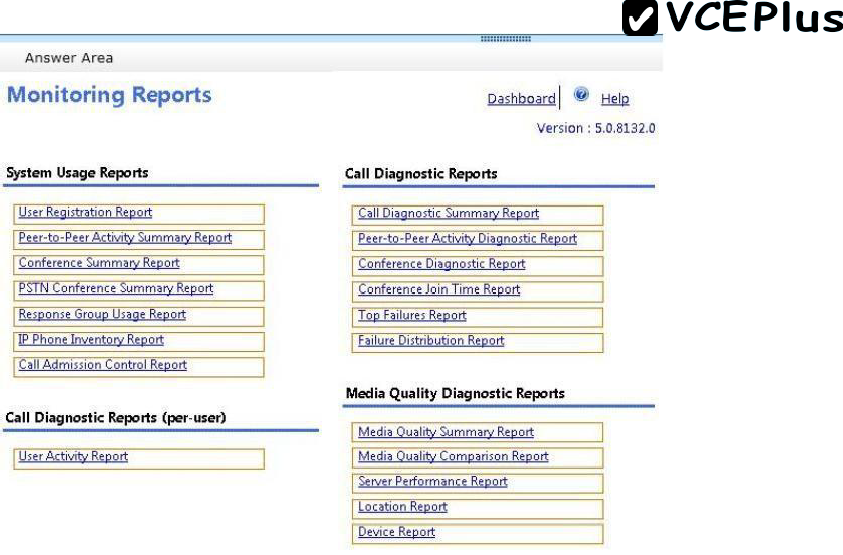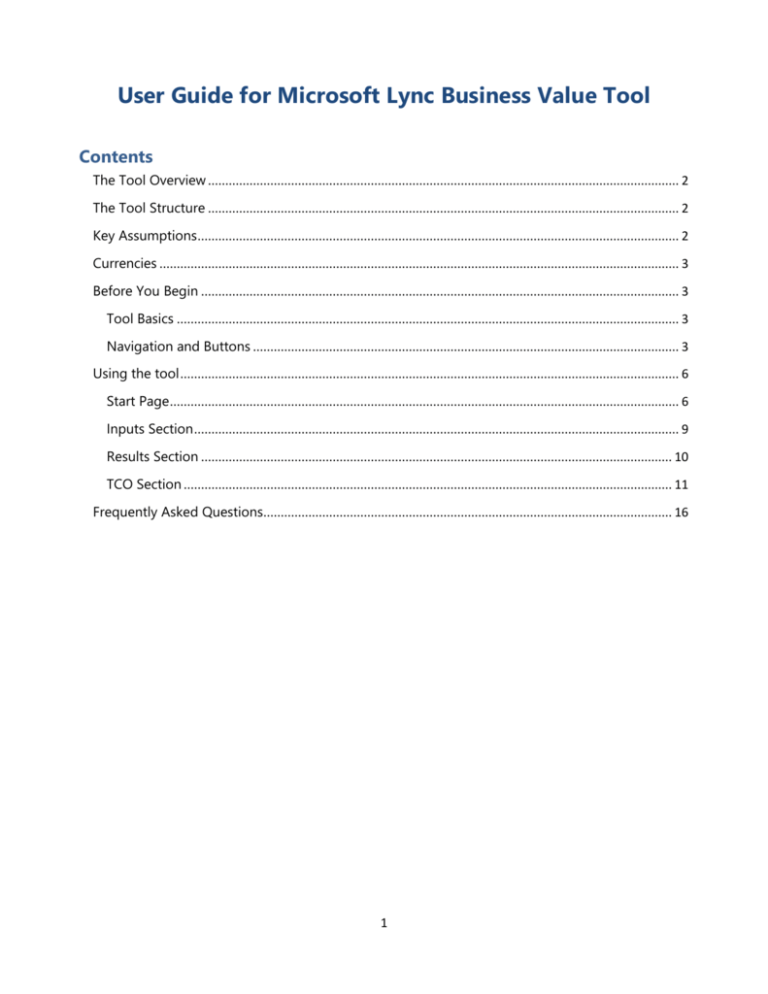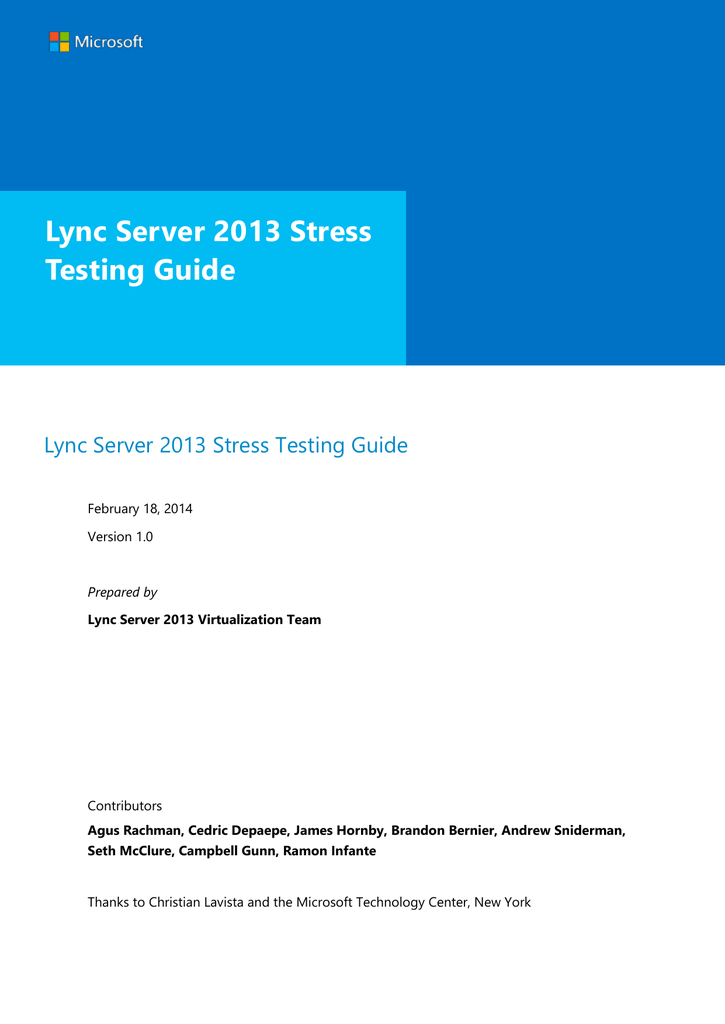
Sure the Edge server still played a role in the overall mobility story in terms of handling features like Push Notifications, but for the basic client-to-server communications the web services were handling the entire workload. This approach provided for a lighter client which was not heavy on SIP chatter and battery usage. These clients were completely serviced by a new web service called Mcx. What was most unique about these new clients was that they were not SIP clients like the others, thus were the first Lync client to not utilize the SIP registrar services located on either Front End, Director, or Edge servers. The Autodiscover service was created to allow these clients to easily locate a Lync server using only a SIP URI and connecting from any network. Lync 2010 BehaviorĪs mentioned Lync Server 2010 received two new web services to handle the new mobile clients provided across Apple, Android, Windows, and other mobile device platforms. This forced a change in the previous best practices as not all client could be treated the same.
MICROSOFT LYNC 2013 USER GUIDE WINDOWS
No longer was the Autodiscover service only handling connections from mobile device clients, but now also Windows clients. This brought some important changes to the mobility story which also blurred the lines a bit between these clients and the standard desktop clients as mentioned above.

With the later release of Lync Server 2013 the new Windows clients would also leverage this service, which was explored in the previous article Lync 2013 Client Autodiscover.

Initially there was much confusion in the field regarding both the behavior and intended design of these new services, but eventually a few important items came to be understood and some best practices arose to assist in designs and deployment. This included a new Autodiscover service which paved the way for an entirely new approach that future Lync clients would leverage to automatically locate servers, starting with the mobility clients in Lync 2010. In fact a pair of services were added to both of the separate internal and external web sites in IIS which were covered in detail in the previous article Deploying the Lync 2010 Mobility Service.
MICROSOFT LYNC 2013 USER GUIDE UPDATE
Backgroundīack in Cumulative Update 4 of Lync Server 2010 Microsoft introduced an entirely new web service to the Front End server role. But what is important to understand is that this is achieved by completely different methods between 20 mobility clients. This article will explain and demonstrate how both Lync 20 mobility clients are designed to be redirected out to a reverse proxy in most deployments by forcing the use of the External Web Services FQDN. And this is the main reason why we recommend a hybrid deployment.The Microsoft TechNet documentation covering Technical Requirement for Mobility includes a statement explaining that “all mobility service traffic goes through the reverse proxy, regardless of where the origination point is” but does not explain exactly how this is achieved. Due to Directory Sync, any attribute changes need to be done at the on-premises side, but you haveĪlready disabled the on-premises accounts. However, please be aware that there may be some difficulties if you need to change any Lync-related attributes someday. This solution is apparently easier to do.

Change the related DNS records, such as SRV and CNAME, to Office 365.

Assign the Skype for Business online licenses to the synchronized user accounts.Ĥ. Run Directory Sync (with your Azure AD Connect tool) to synchronize the user accounts to Office 365.ģ. Normally, this command will also remove all those related attributes from the on-premises AD.Ģ. Disable the on-premises accounts by running the Disable-CsUser command. Move users to Skype for Business Online (after the hybrid deployment is done)Īdditionally, I understand that the hybrid deployment might be a bit complicated, and I’d like to let you know another option. Please refer to the following links:Ĭonfigure hybrid with Skype for Business Online To migrate Lync 2013 on-premises users to Office 365 Skype for Business online, it is recommended you set up a Lync hybrid deployment.


 0 kommentar(er)
0 kommentar(er)
